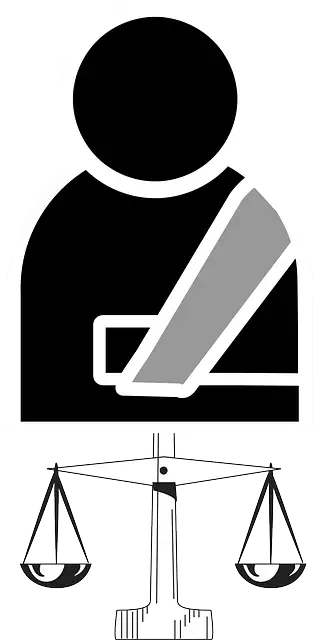In Manhattan and Queens, understanding cyclist right-of-way laws is crucial for safe commuting. Bicyclists have rights and responsibilities similar to drivers, including adhering to traffic signals and lane markings. Comprehensive safety training educates both employers and employees, fostering awareness and mutual respect for all road users. These programs empower legal professionals to navigate city streets safely, respect cycling lanes, yield to cyclists at intersections, reduce accident risks, and advocate for better cycling infrastructure in densely populated areas.
In today’s bustling metropolis, ensuring workplace safety extends beyond traditional boundaries. With an increasing number of cyclists navigating Manhattan’s streets, understanding right-of-way laws is crucial for both employers and employees. This article explores “Understanding Cyclist Right of Way Laws in Manhattan: A Guide for Employers and Employees,” delving into the role of comprehensive workplace safety training. By highlighting these measures, we aim to protect cyclists and lawyers in Queens, fostering a safer environment for all.
- Understanding Cyclist Right of Way Laws in Manhattan: A Guide for Employers and Employees
- The Role of Workplace Safety Training in Protecting Cyclists and Lawyers in Queens
Understanding Cyclist Right of Way Laws in Manhattan: A Guide for Employers and Employees

In Manhattan, understanding cyclist right of way laws is crucial for both employers and employees to ensure safe commuting. Bicyclists have the same rights and responsibilities as motor vehicle drivers, meaning they must adhere to traffic signals, stop signs, and lane markings. However, cyclists are also vulnerable road users, making it essential for motorists to share the road with them responsibly. Employing comprehensive safety training that covers these laws can help create a culture of awareness and mutual respect among employees who commute by bicycle or share the roads with them.
When navigating Manhattan’s bustling streets, drivers must yield the right of way to cyclists in several situations. This includes when a cyclist is approaching from the opposite direction on a one-way street or when a cyclist is within a marked bike lane. Additionally, drivers should allow ample space when passing cyclists and avoid making sudden turns that could endanger them. Regular workplace safety training sessions can highlight these key points, fostering an environment where everyone understands their responsibilities in keeping Manhattan’s roads safe for all users.
The Role of Workplace Safety Training in Protecting Cyclists and Lawyers in Queens

Workplace safety training is not just about protecting employees; it also plays a crucial role in safeguarding vulnerable road users, including cyclists and lawyers commuting in Queens. With an increasing number of cyclists on Manhattan’s roads, understanding cyclist right-of-way rules is essential for all drivers, including legal professionals. Training programs can educate lawyers on navigating busy city streets, ensuring they respect cycling lanes and yield to cyclists at intersections, thereby reducing the risk of accidents.
In Queens, where cycling has gained popularity as a means of commuting, lawyers attending safety training can become advocates for safer roads. They can learn about the unique challenges faced by cyclists, such as dodging potholes or navigating complex traffic patterns. Armed with this knowledge, they can represent clients more effectively in cases involving cyclist accidents, ensuring fair compensation and advocating for improved cycling infrastructure.
In Manhattan, understanding cyclist right-of-way laws is essential for both employers and employees to ensure safe cycling practices. By integrating comprehensive workplace safety training that addresses these rules, organizations can protect their cyclists and reduce potential liabilities. This is especially pertinent in Queens, where cyclist traffic is significant, emphasizing the crucial role of legal expertise and safety measures in preventing accidents and fostering a secure environment for all road users.
